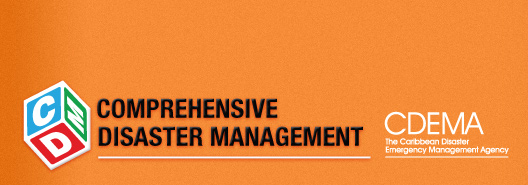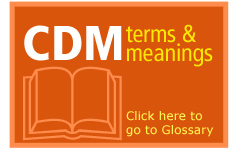
| Oil Spills |
|
An oil spill is the accidental release of petroleum into the environment. Although oil spills can happen both on land and in the ocean, they are considered to be much more serious in the water. Oil spills are usually caused by tankers transporting oil, pipelines and sometimes by accidents which happen during drilling. Sometimes oil spills are caused equipment breakdowns and hurricanes. Oil spills have the potential to cause serious ecological problems, damage to the environment and to hurt the economies of many countries. What is oil? The word petroleum actually means “rock oil” or “oil from the earth”. Millions of years ago, when animals died and their bodies decomposed, they were covered by layers of sand and silt. After time, the heat and pressure from these layers turned their bodies into what we call “crude oil”. Oil is an “un-renewable energy source”, which means that when all is used up, it will be completely gone. What do we use oil for? Mostly, we use oil to fuel our cars, trucks, and buses. However, oil can be used to make plastics, medicines, paints as well as the asphalt we use to pave our roads. Other surprising products that come from oil include: crayons, ink, dishwashing liquid, deodorant and even CDs and DVDs. Issues When oil spills into the ocean, it will float. It spreads out very quickly with the help of currents and winds becoming thinner as it spreads – it’s then called an oil slick. It will continue to become thinner and thinner, finally becoming oil sheen, which looks like a rainbow when the light hits it. They say that oil and water don’t mix but when an oil spill happens in the ocean, the oil and water make something called a mousse. This mousse is very sticky and clings to everything, damaging many marine animals and plants in the process. A lot of fish may even swim directly into the mousse because they think it is food. Oil is very harmful to marine life. It can harm birds, fish, shellfish, coral reefs and sea mammals and it does this in many different ways. It can stick to a bird’s feathers and destroy its ability to repel water, making them drown. Many animals die when they eat the oil. Oil can also damage to the airways and immune systems of birds and animals. Depending on just where and when a spill happens, from just a few up to hundreds or thousands of birds and mammals can be killed or injured. The oil also stops sunlight from reaching coral reefs, which leads to bleaching. When oil is deposited directly on top of these reefs, it kills them. There is also indirect damage to the economy caused by the destruction of a country’s fishing and eco-tourism industry. History 1. When? July 19th 1979 Where? Trinidad and Tobago Aftermath? Oil spills are not unknown in Trinidad. The 8th largest oil spill in history happened when the 2. When? April 2010 Where? Gulf of Mexico Aftermath? This was called the largest accidental marine oil spill in the history of the petroleum |
|
Looking for:
|











